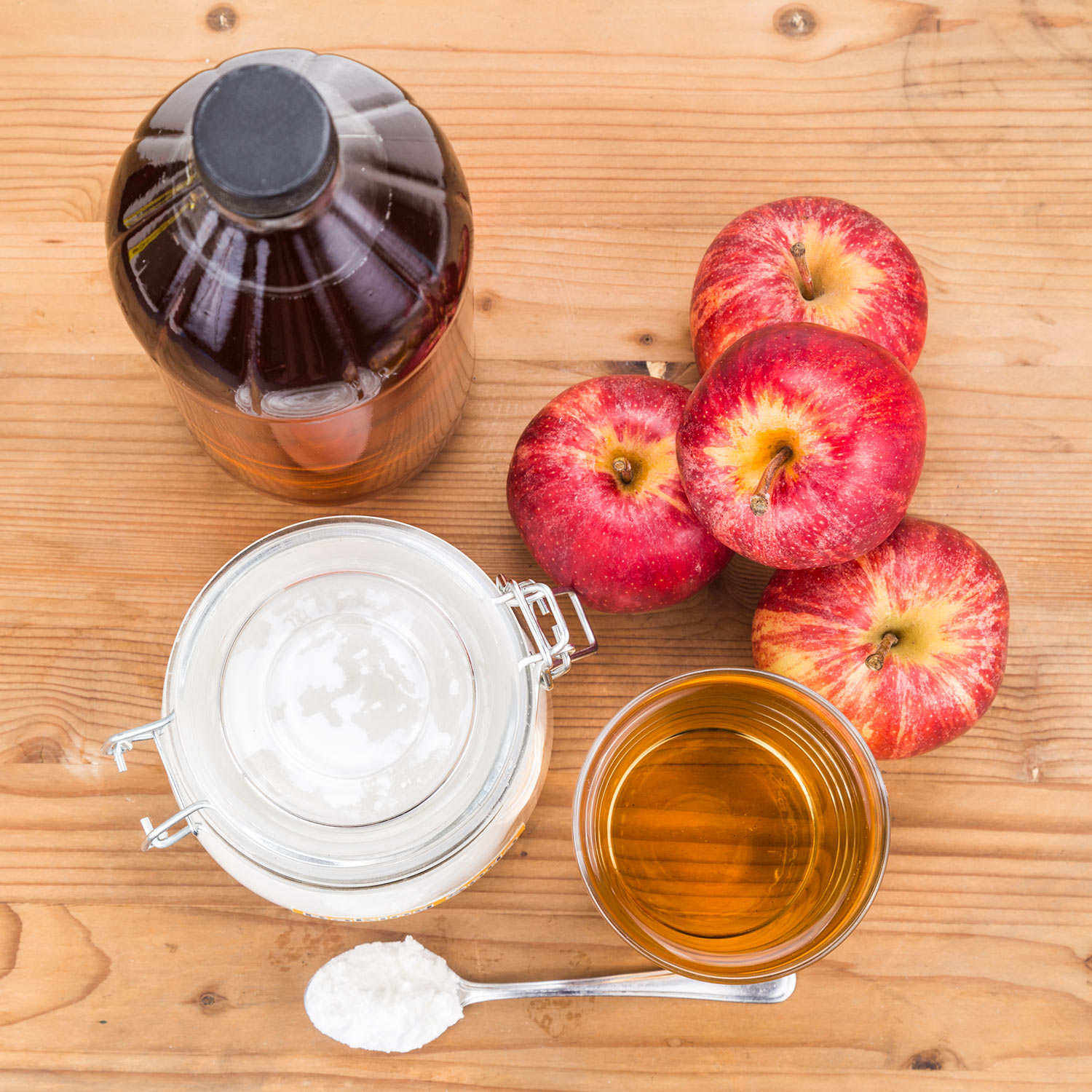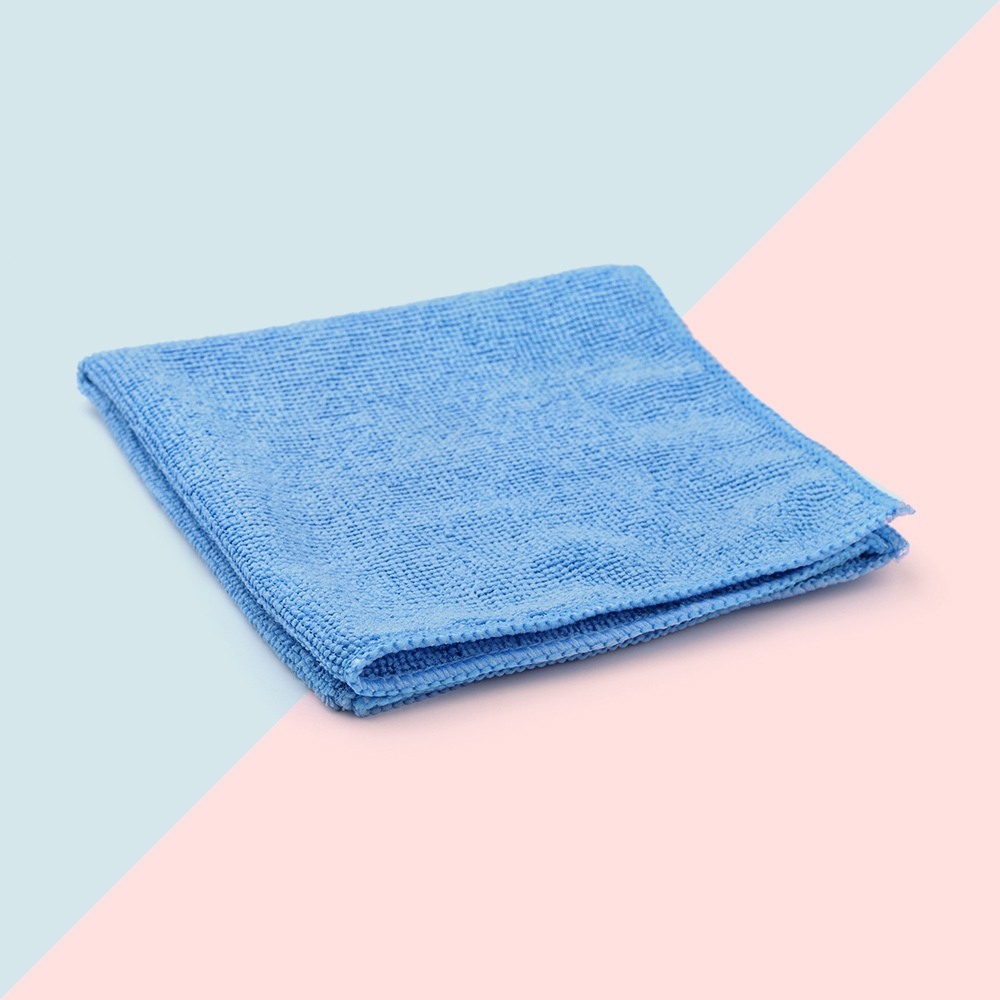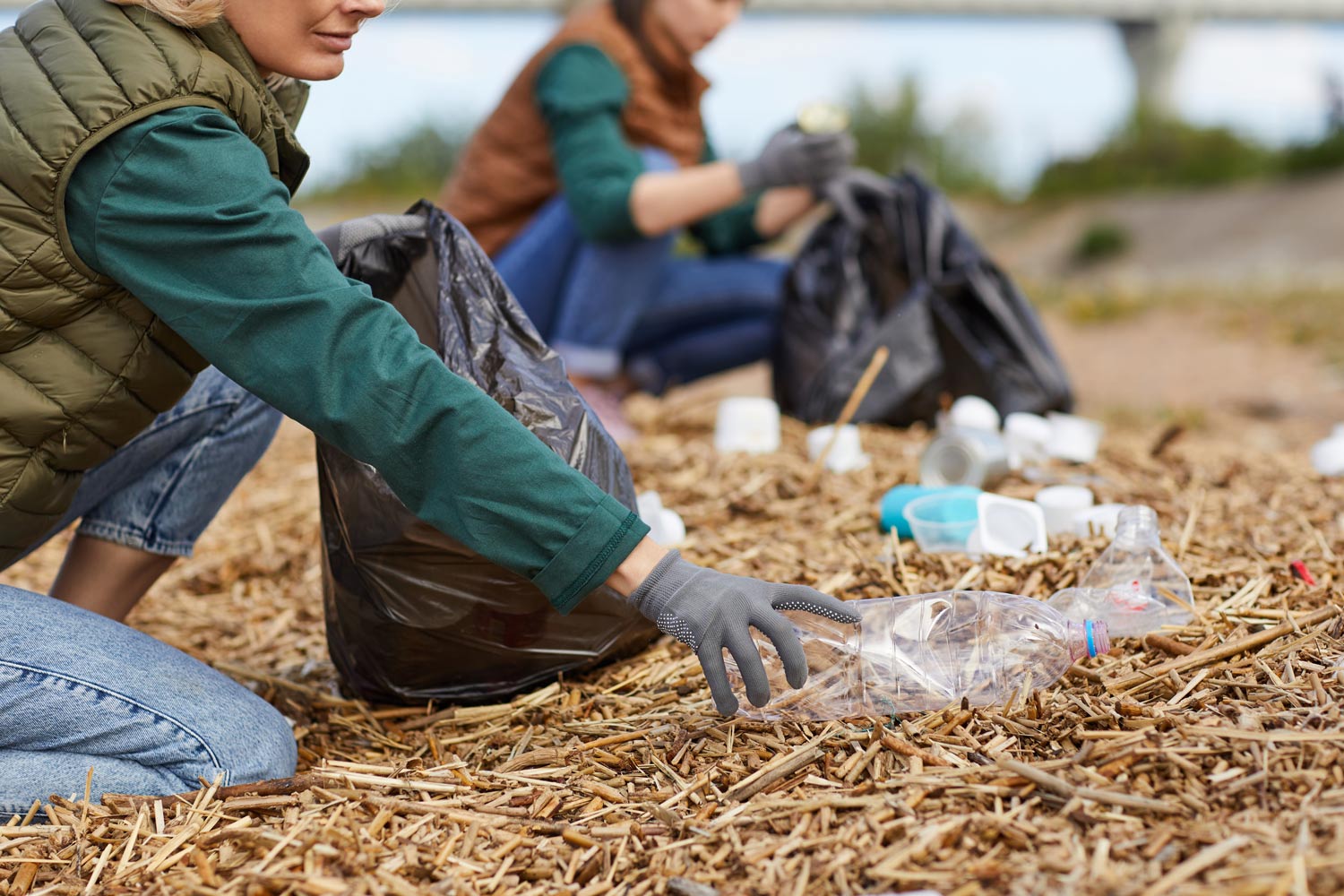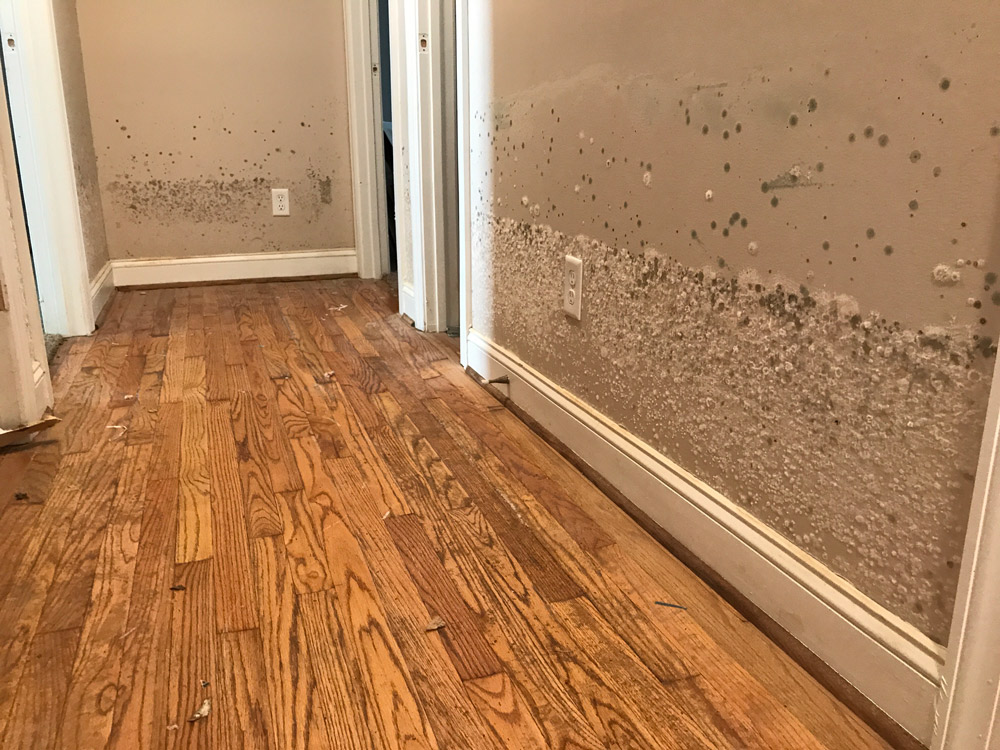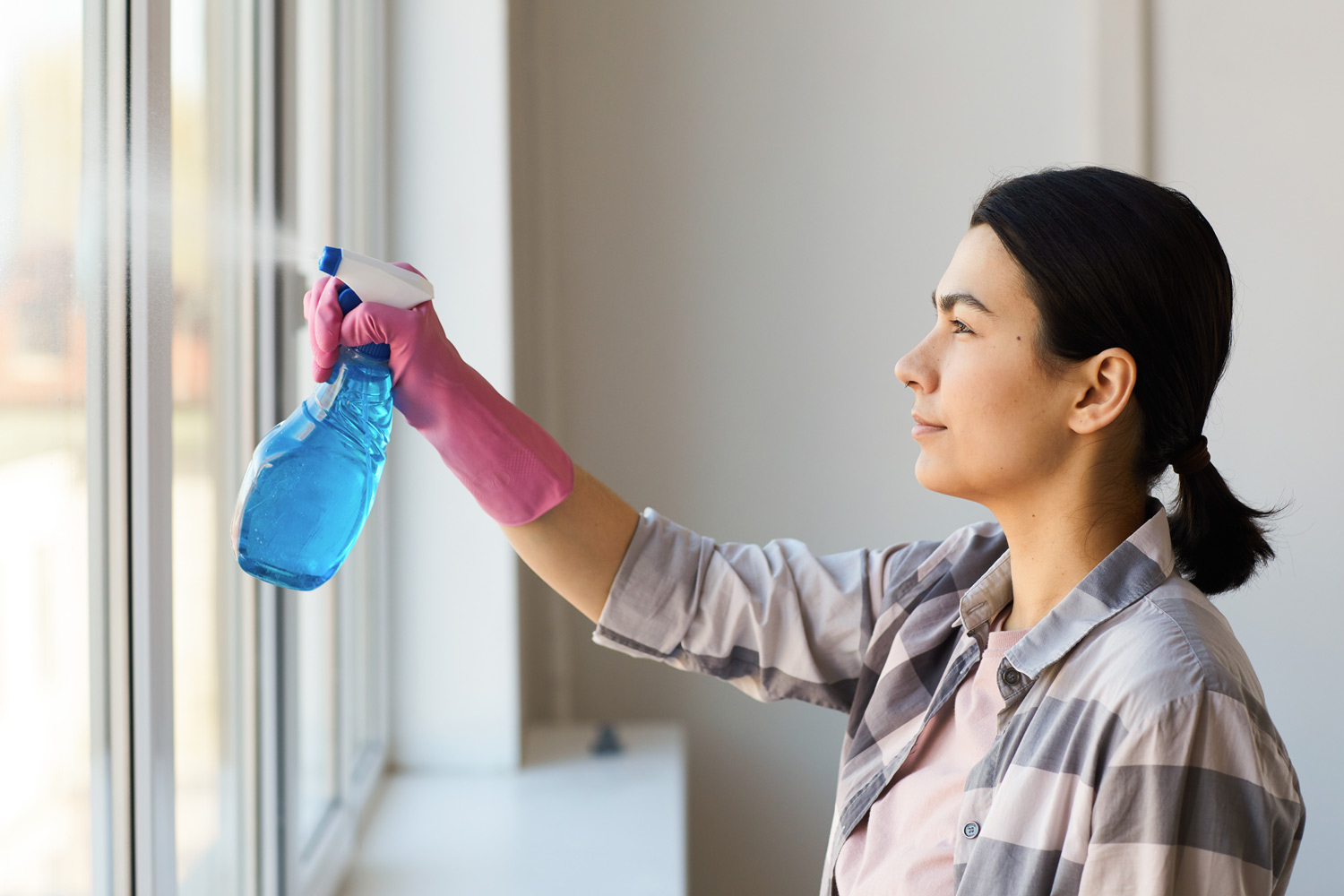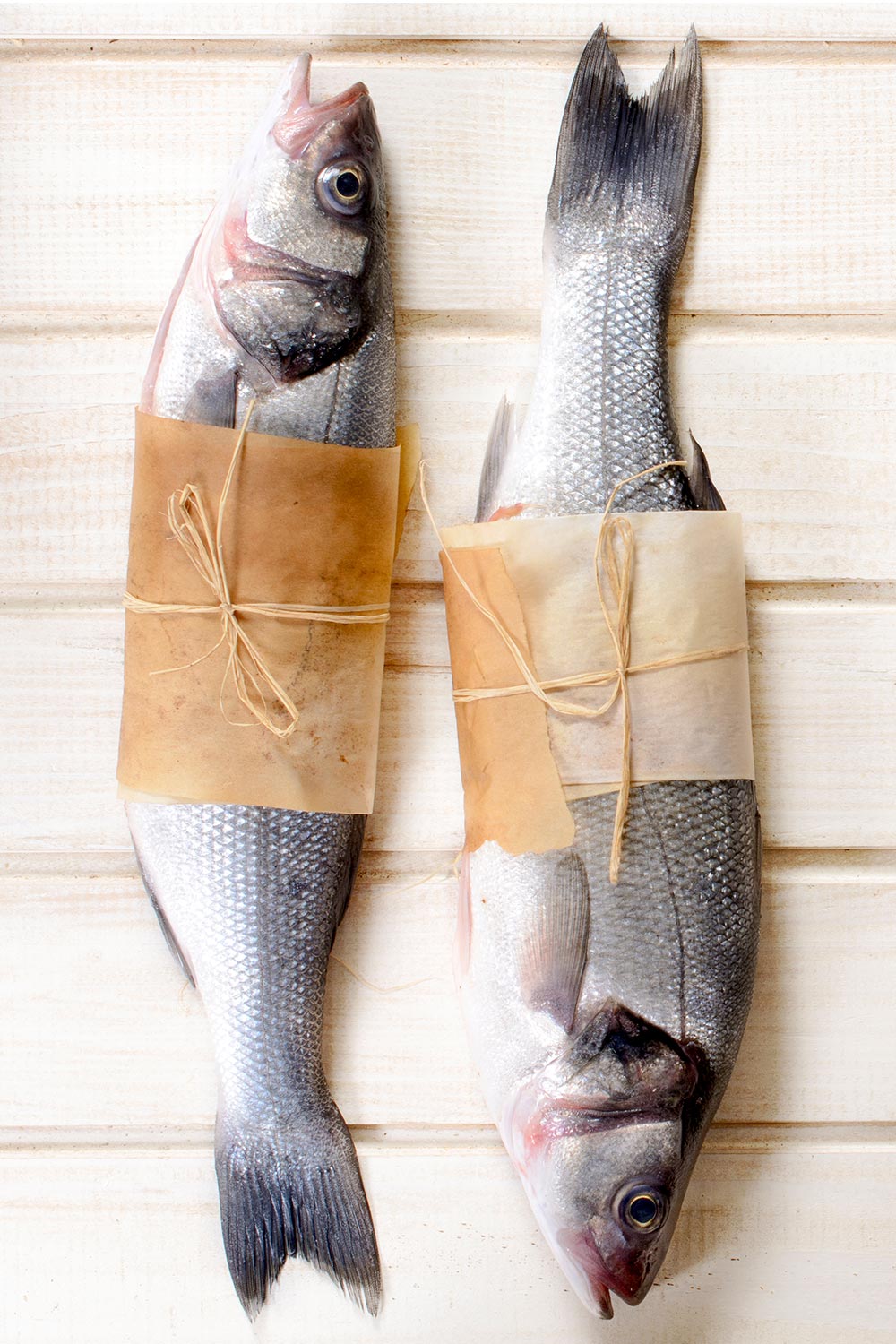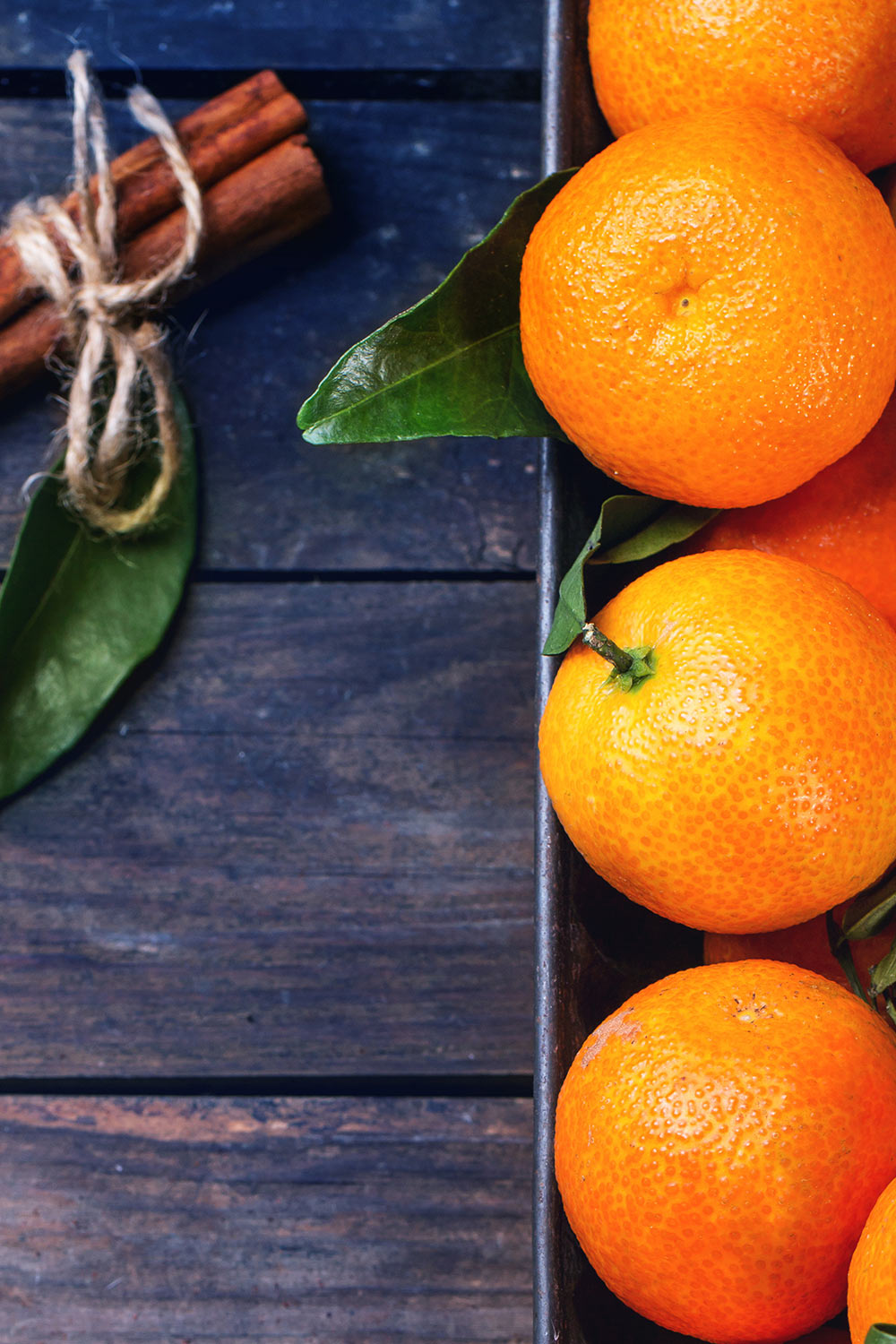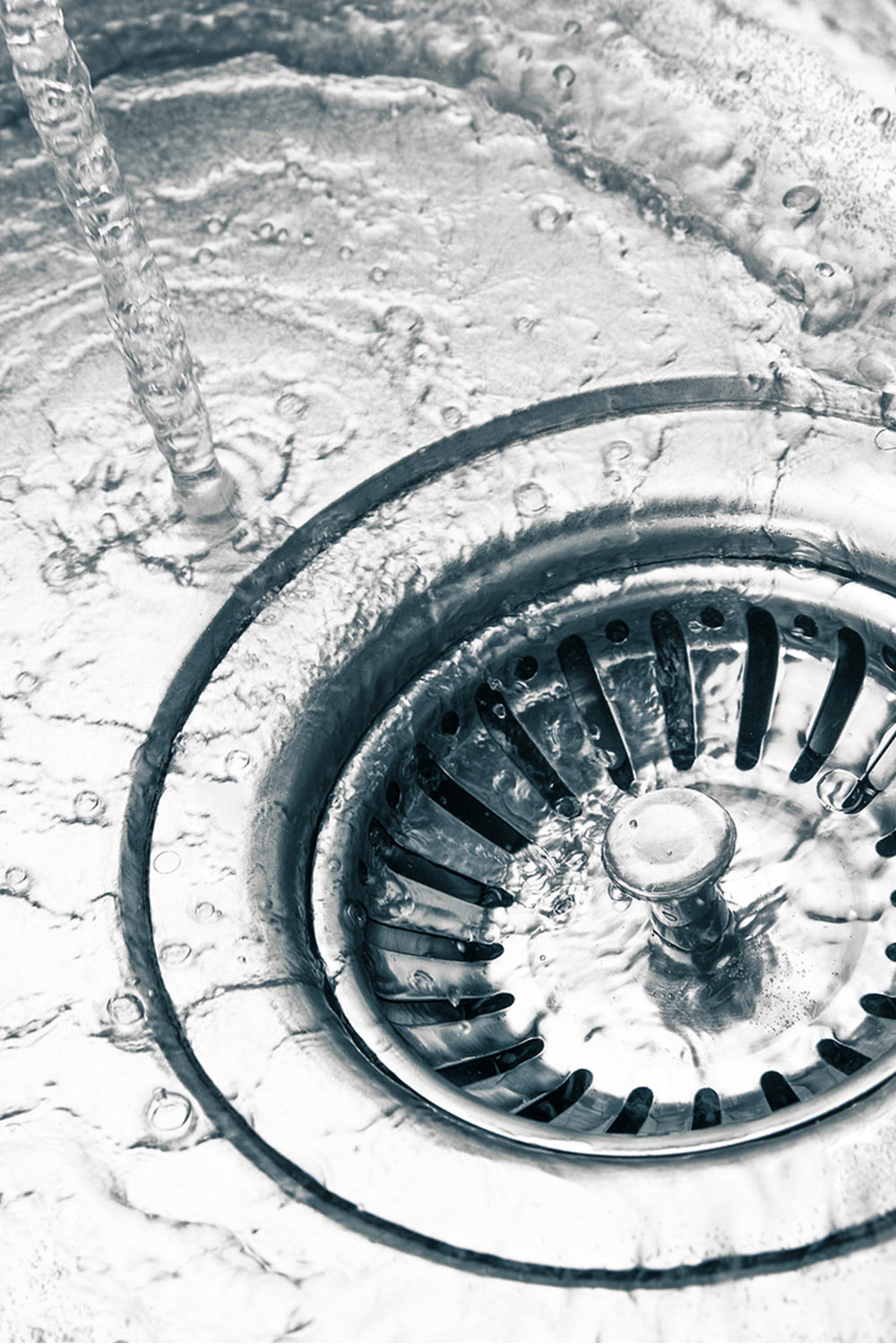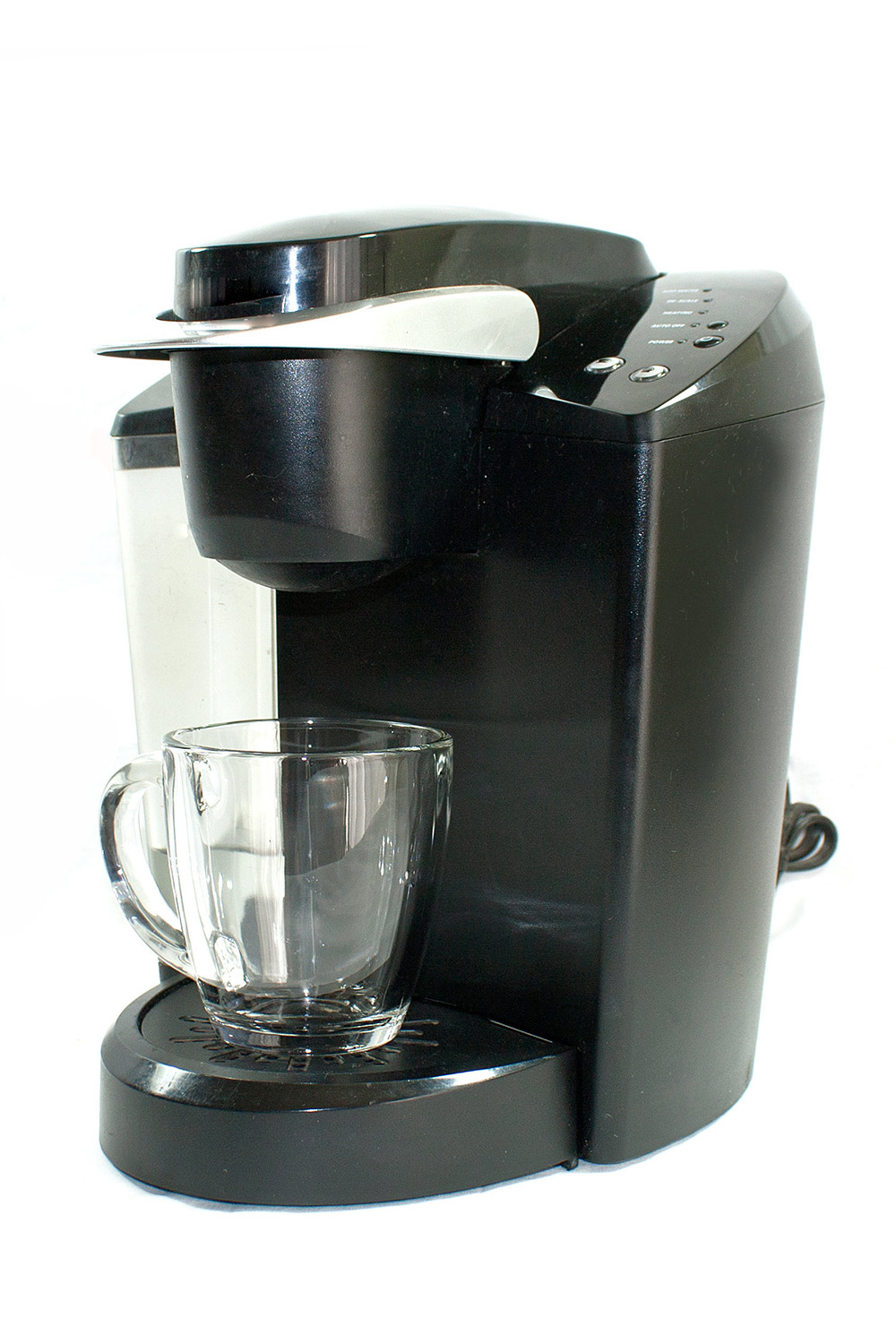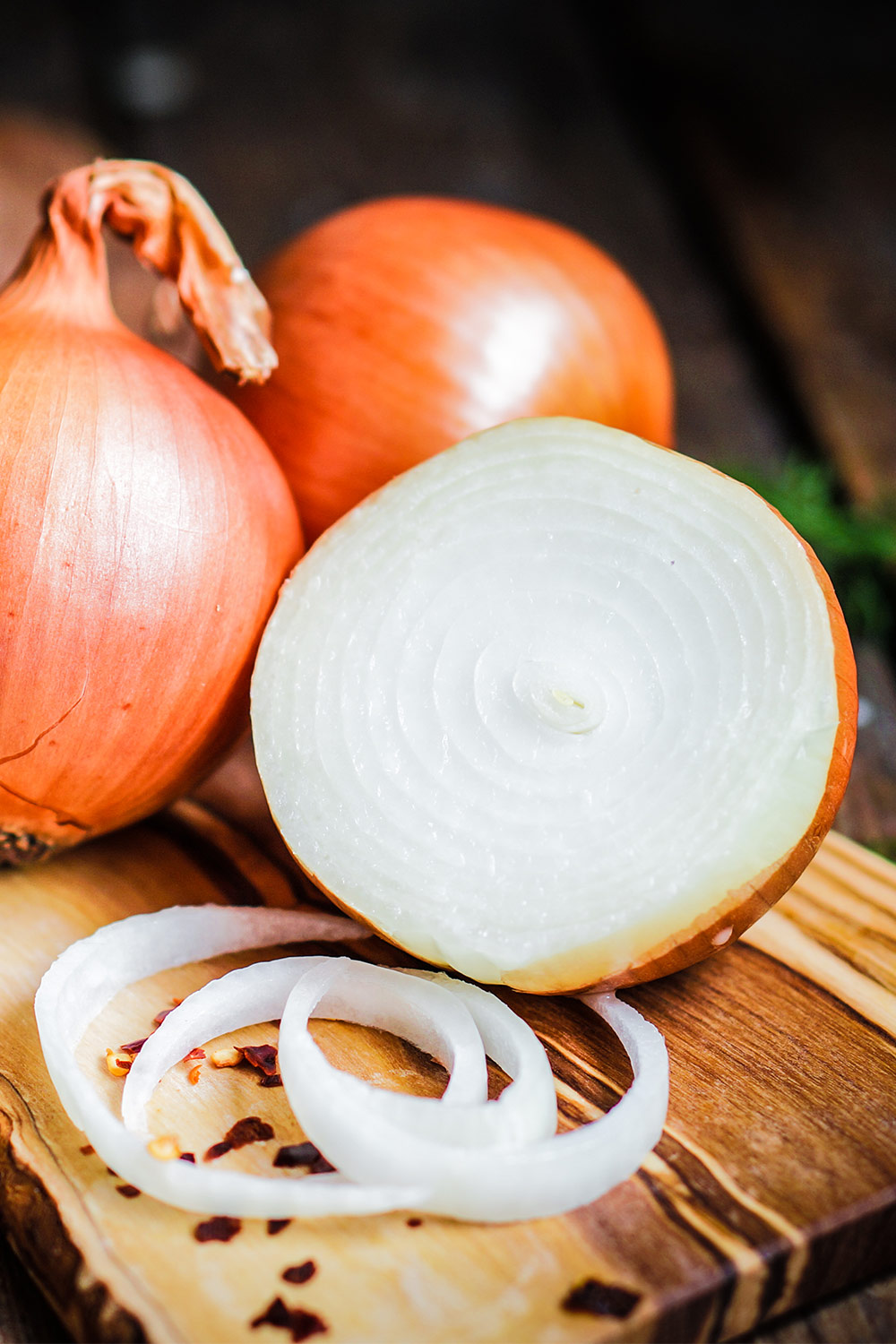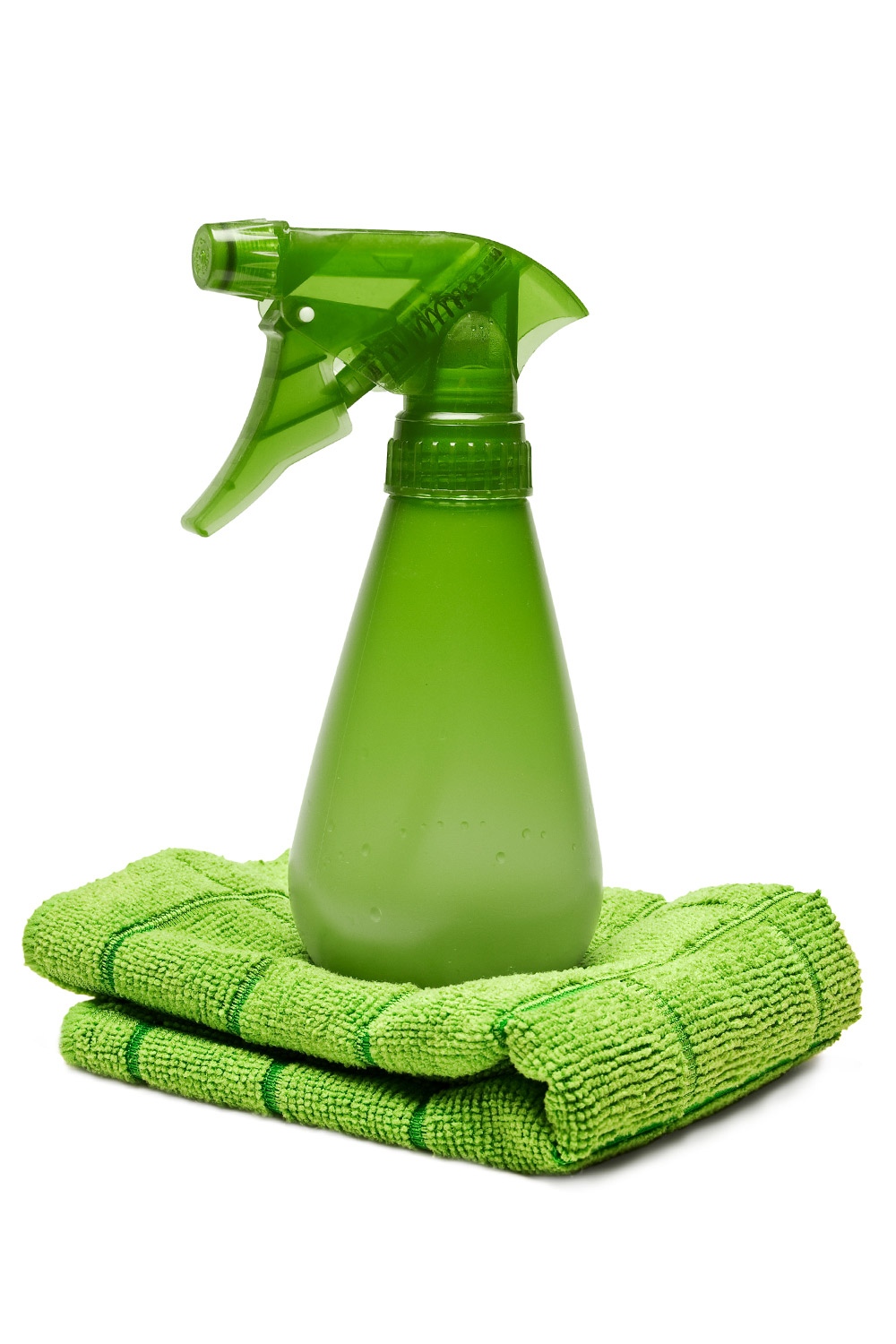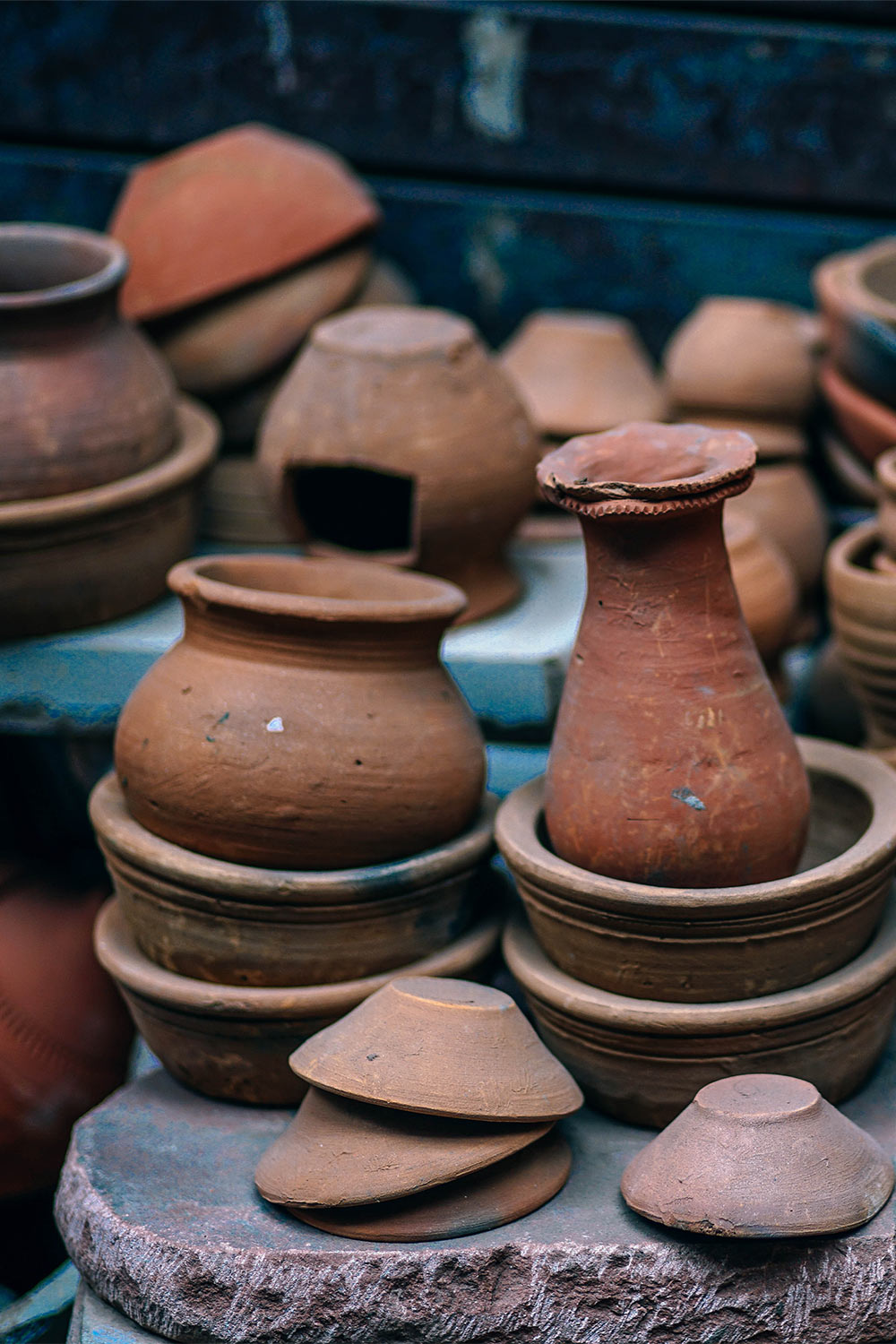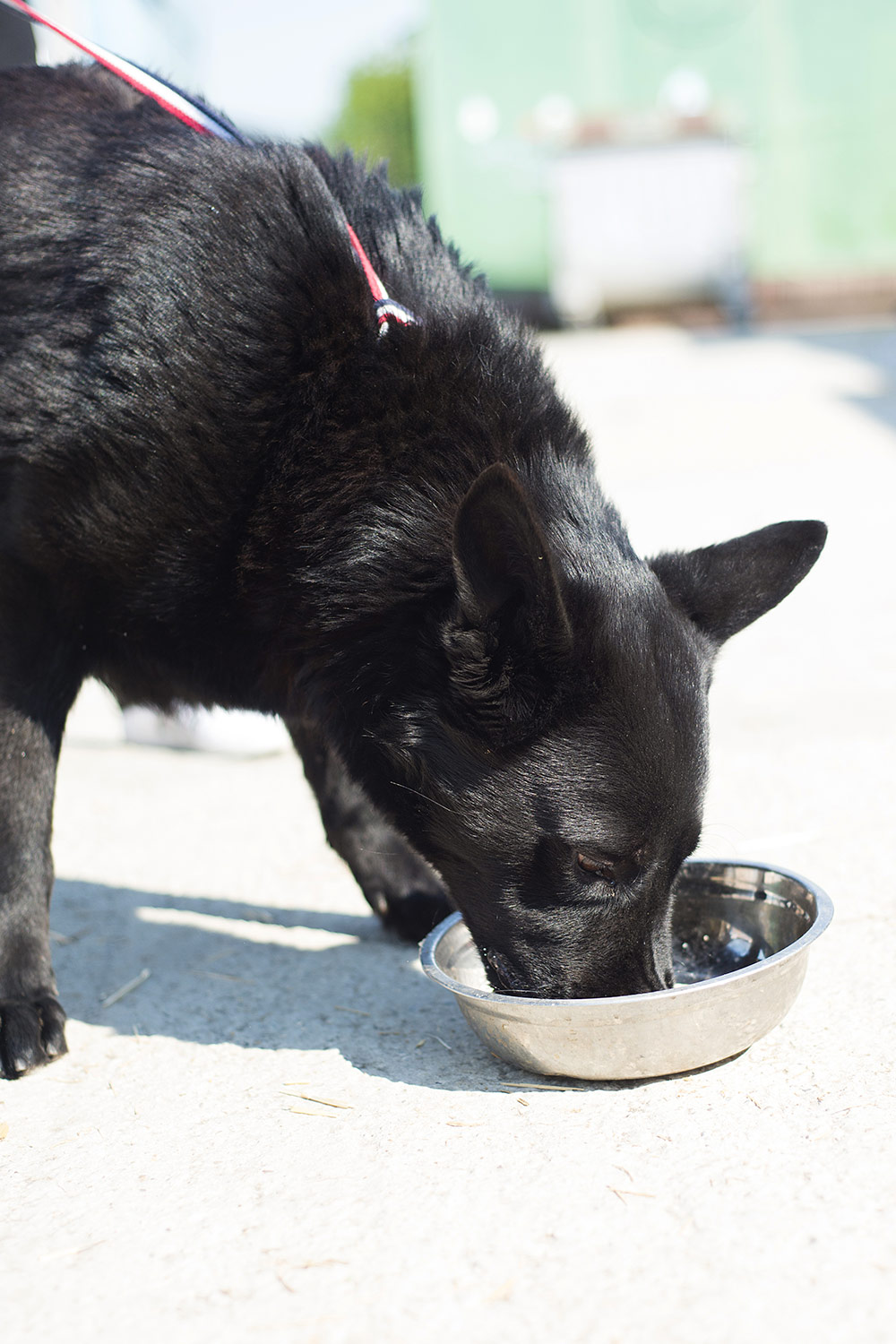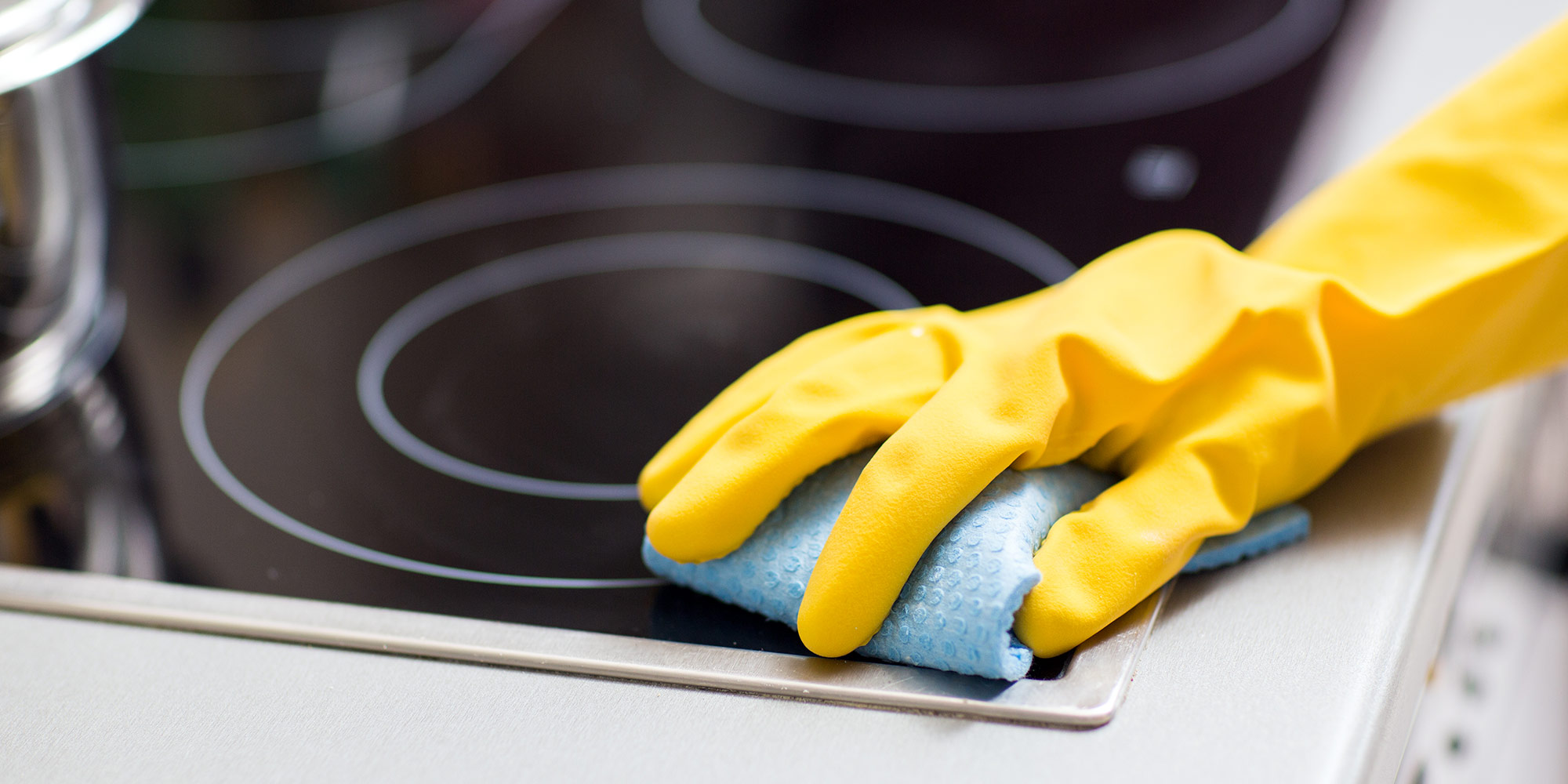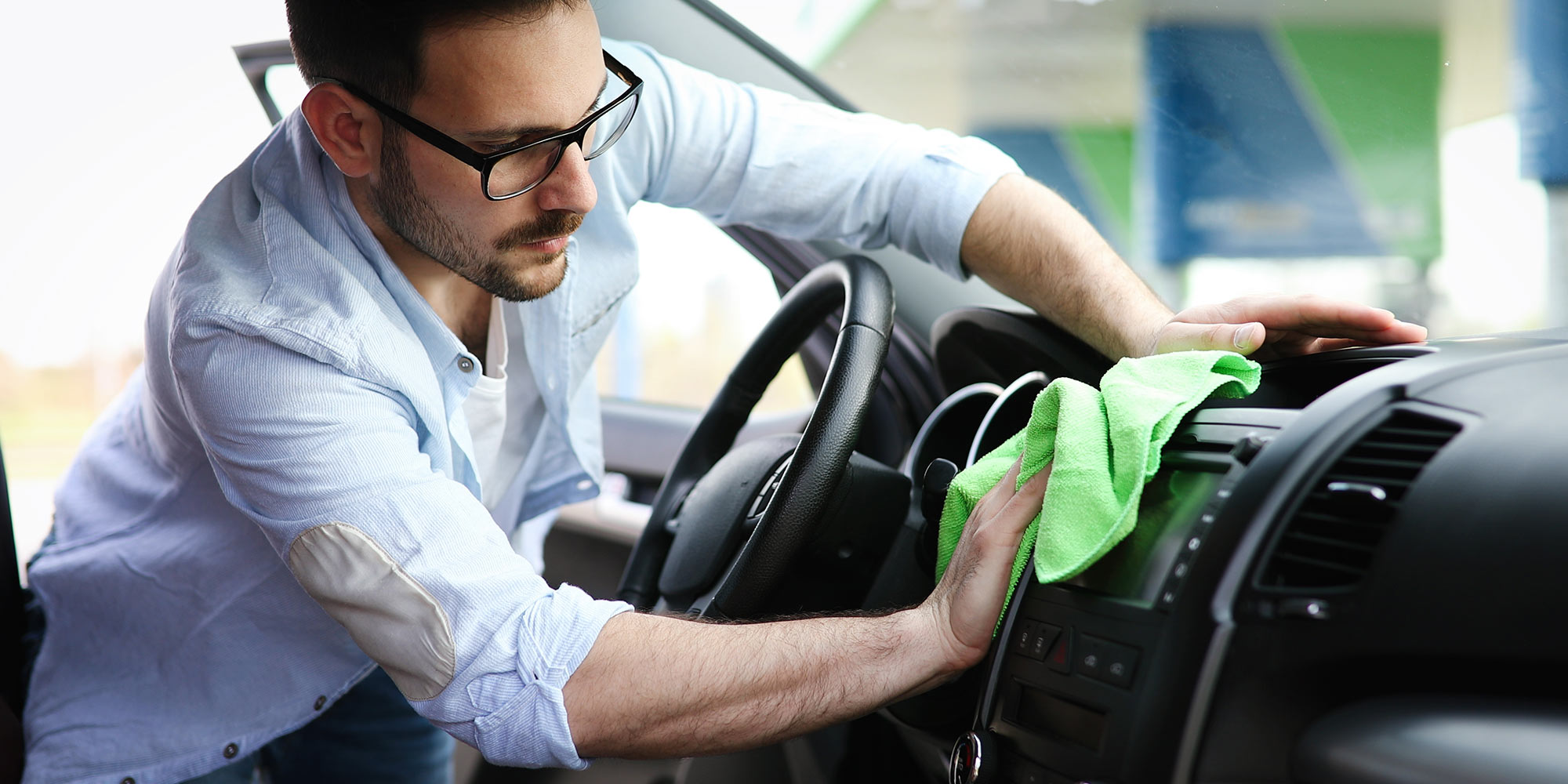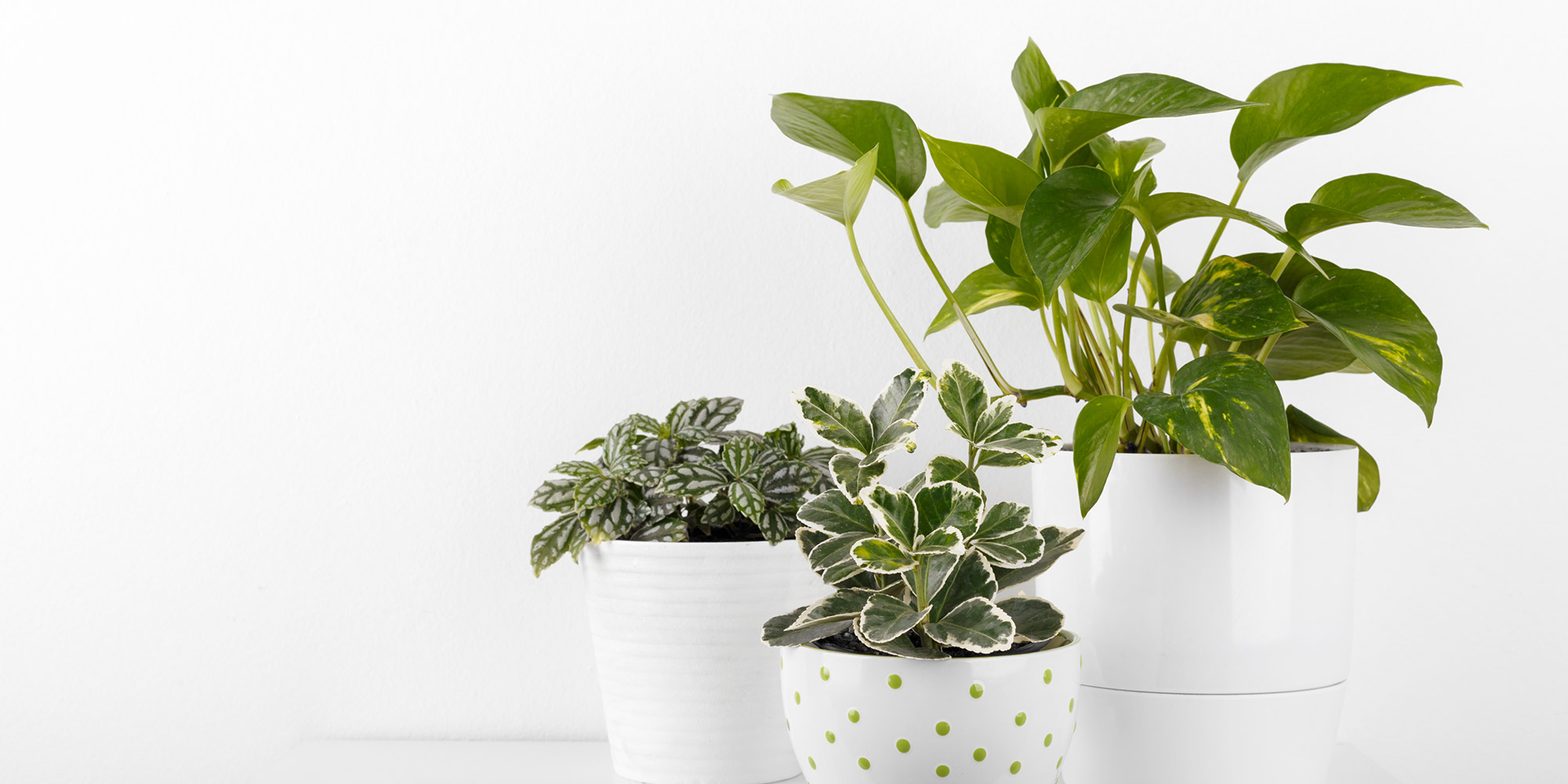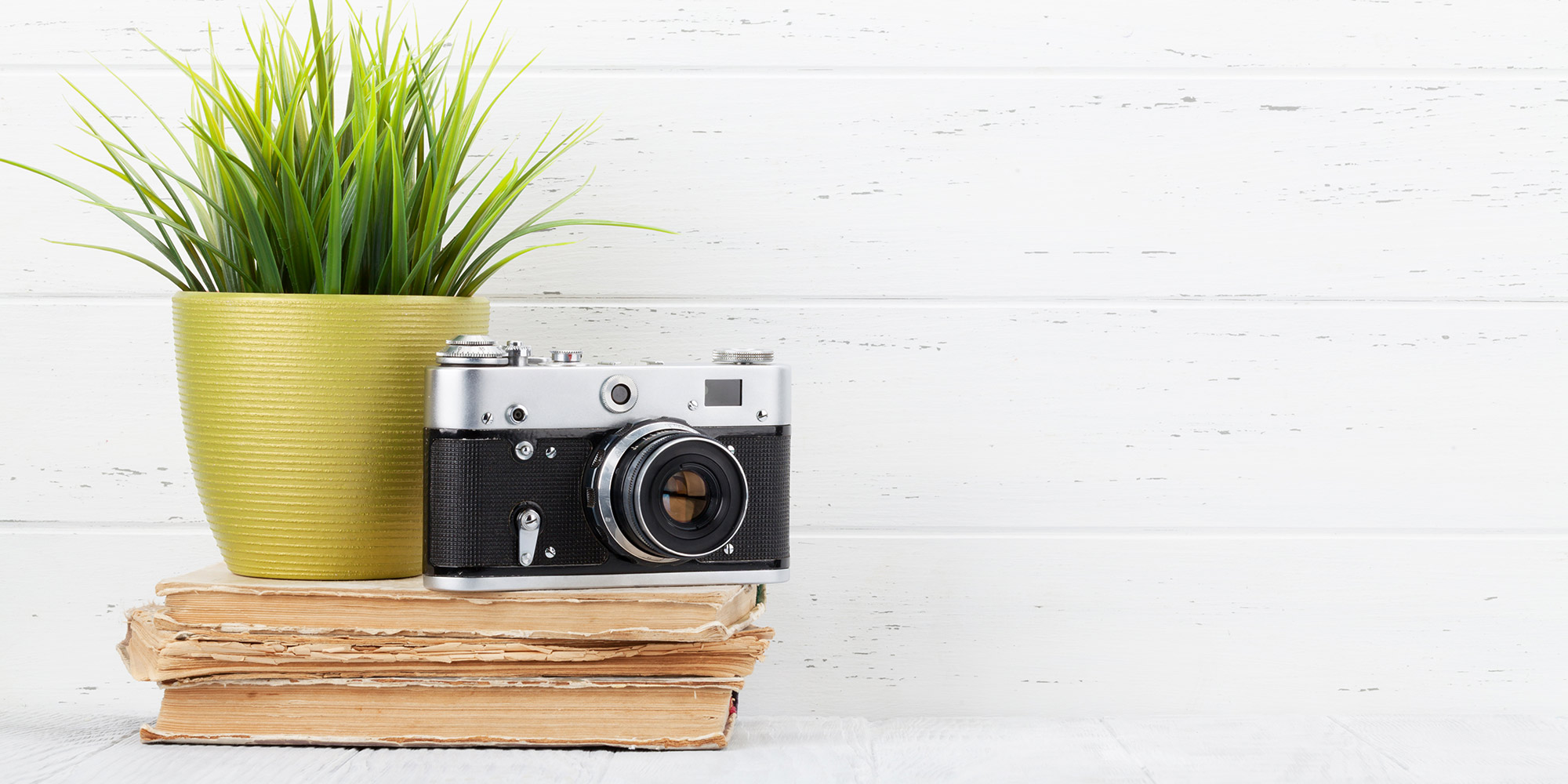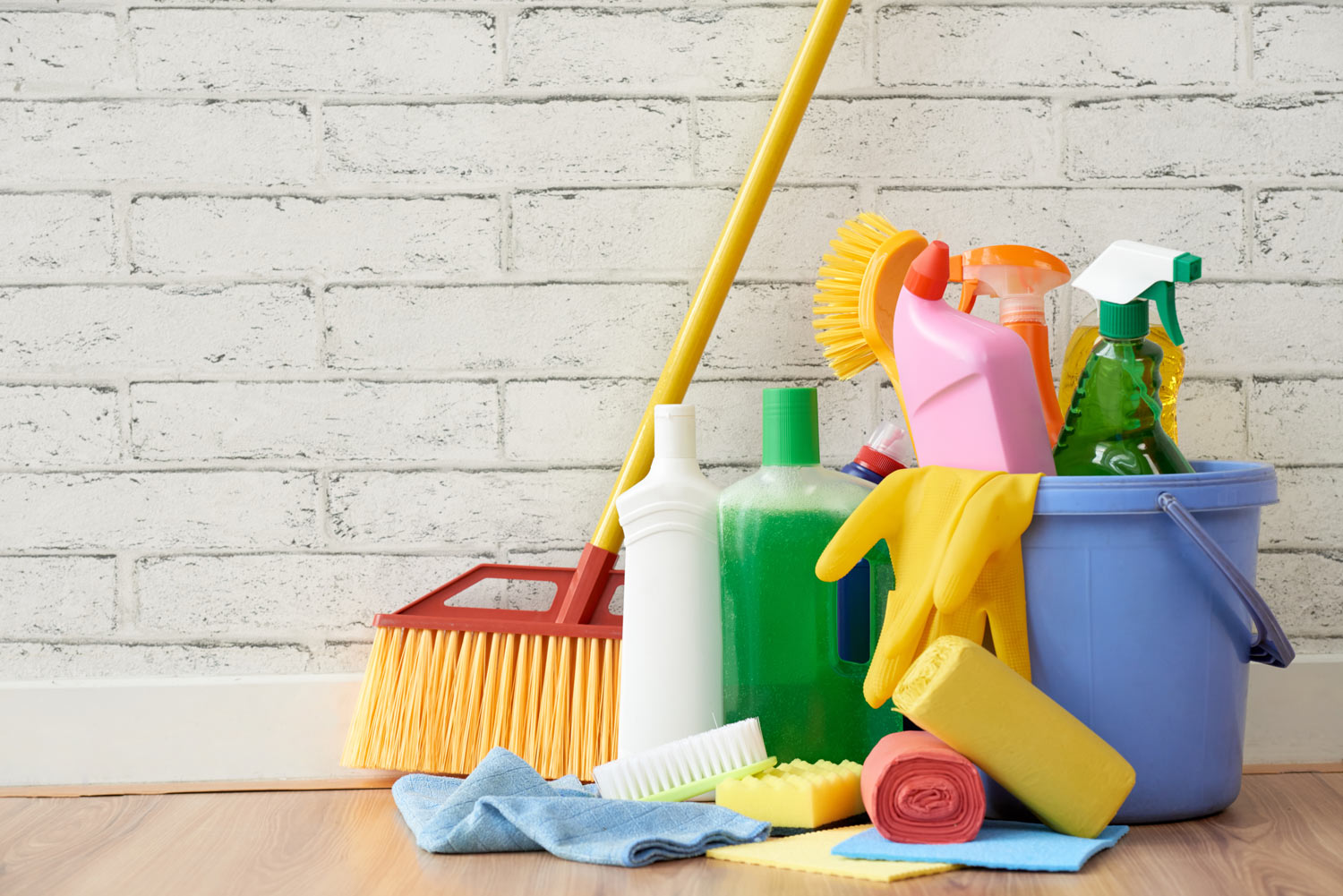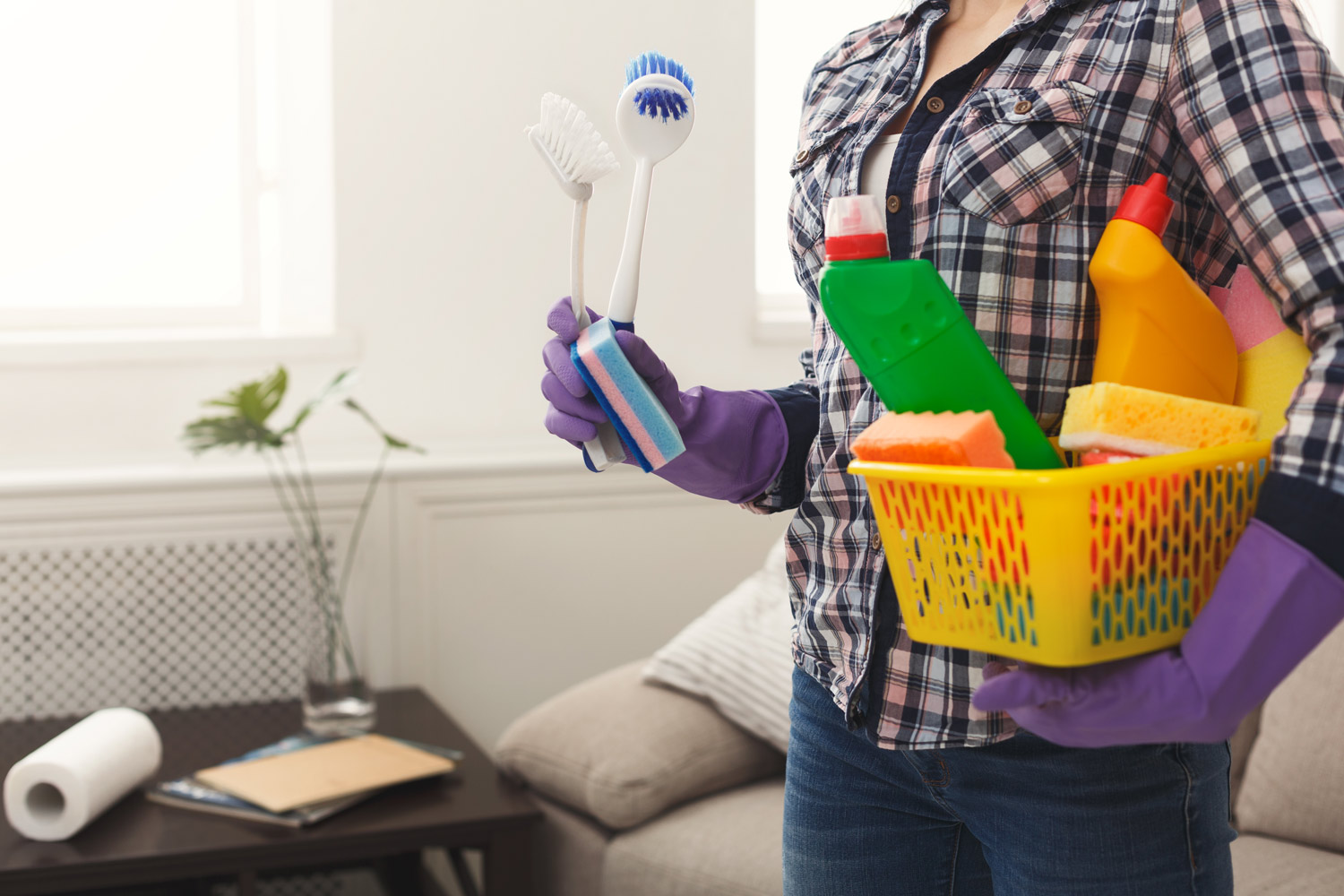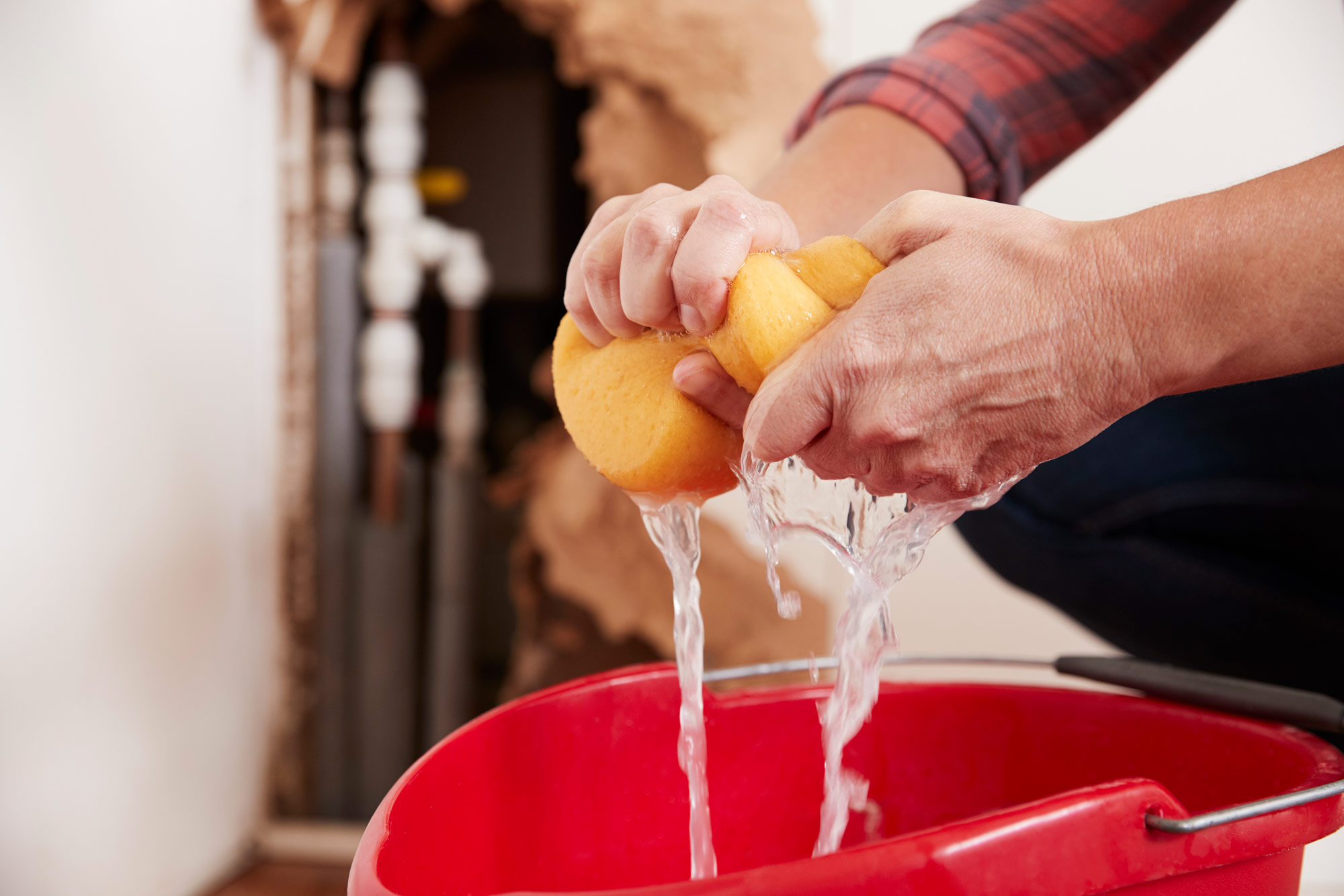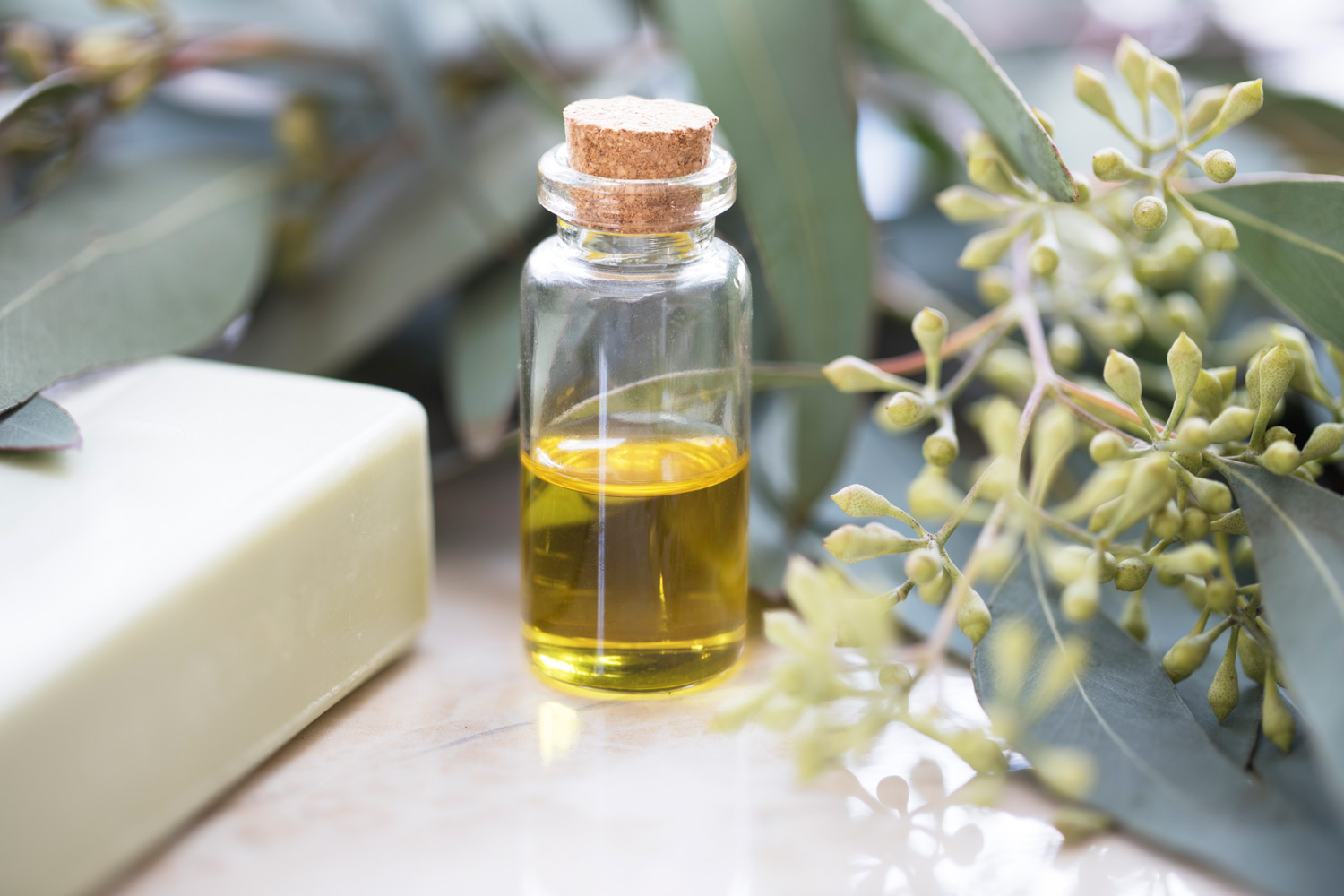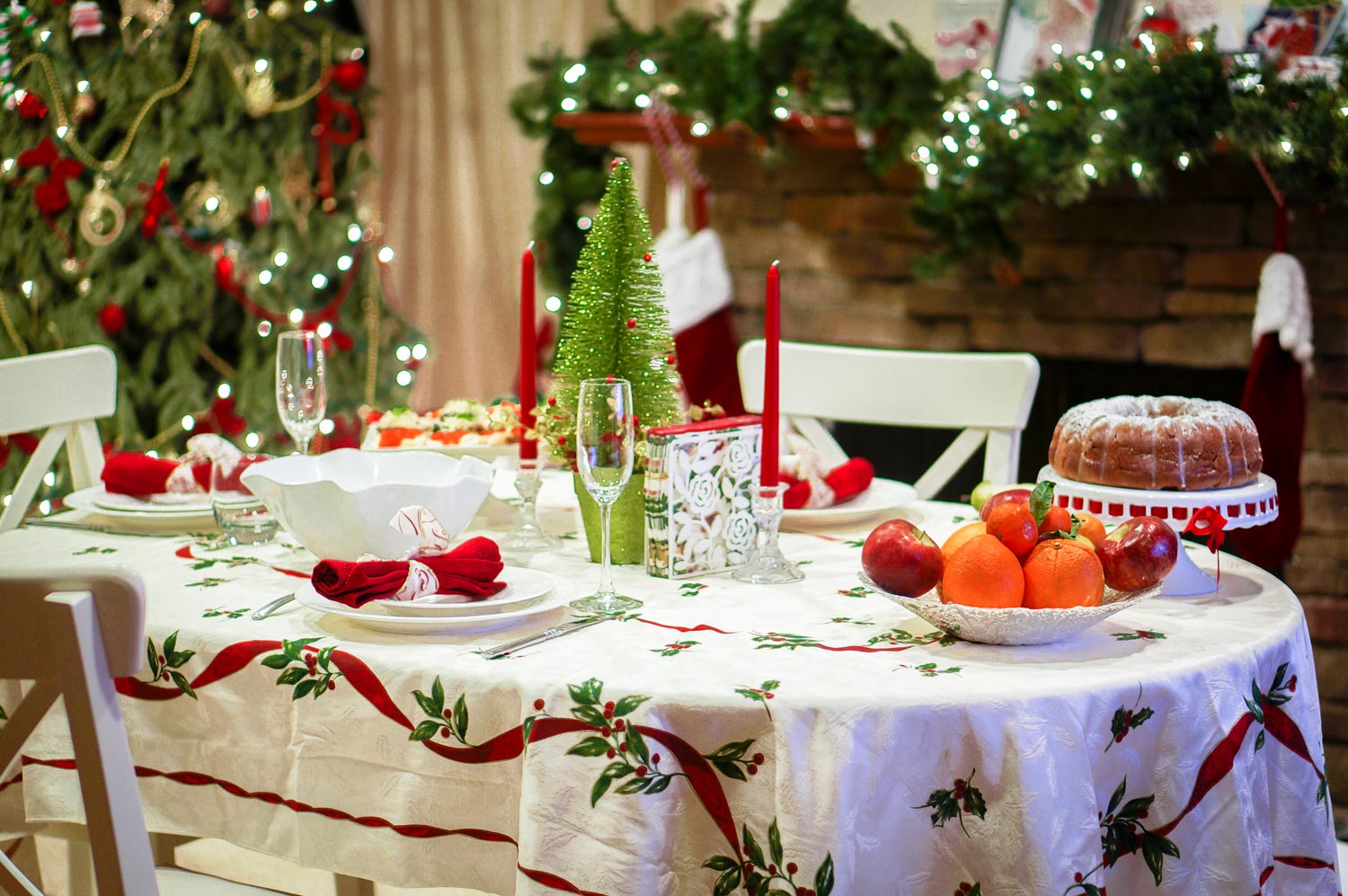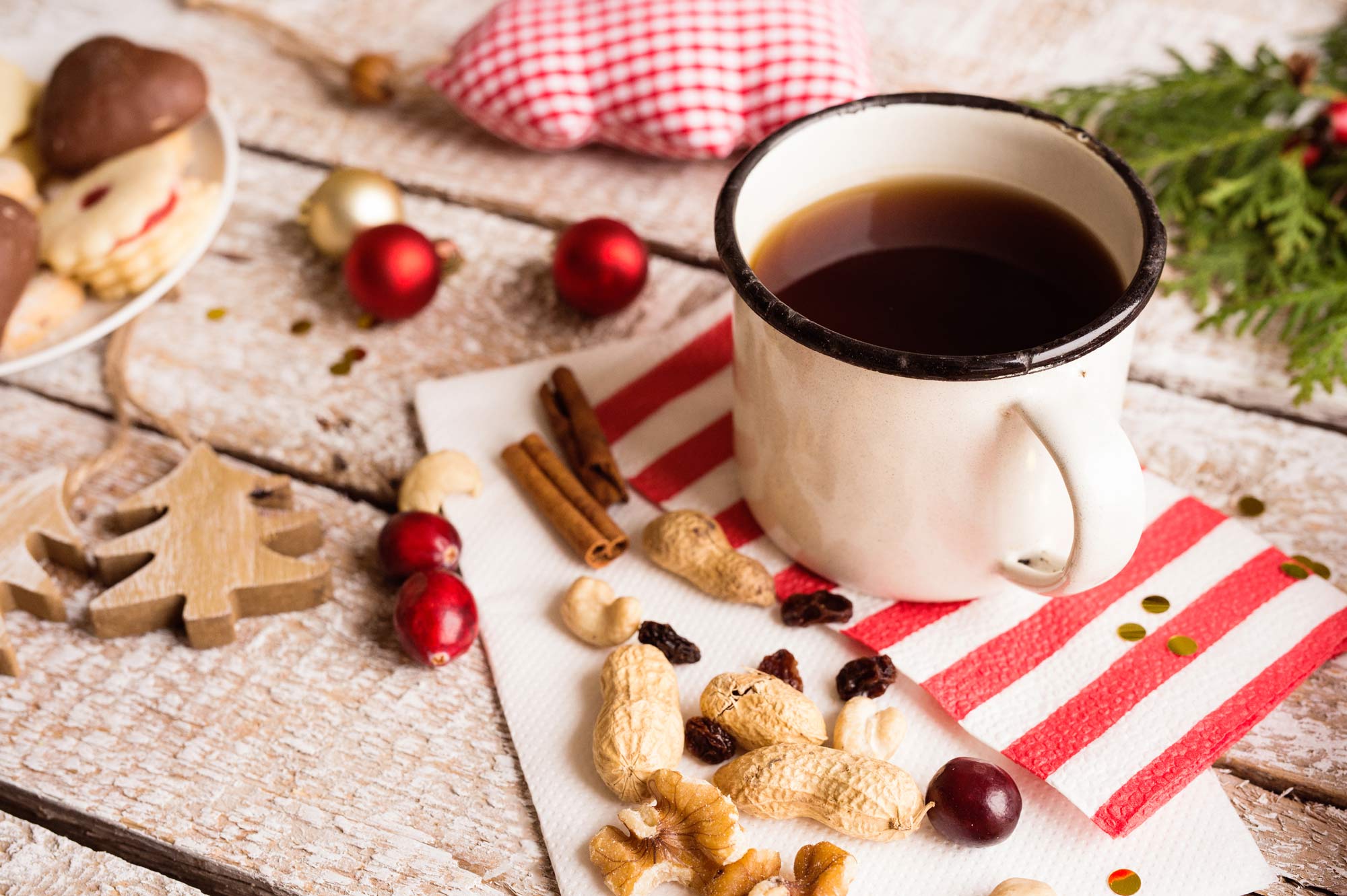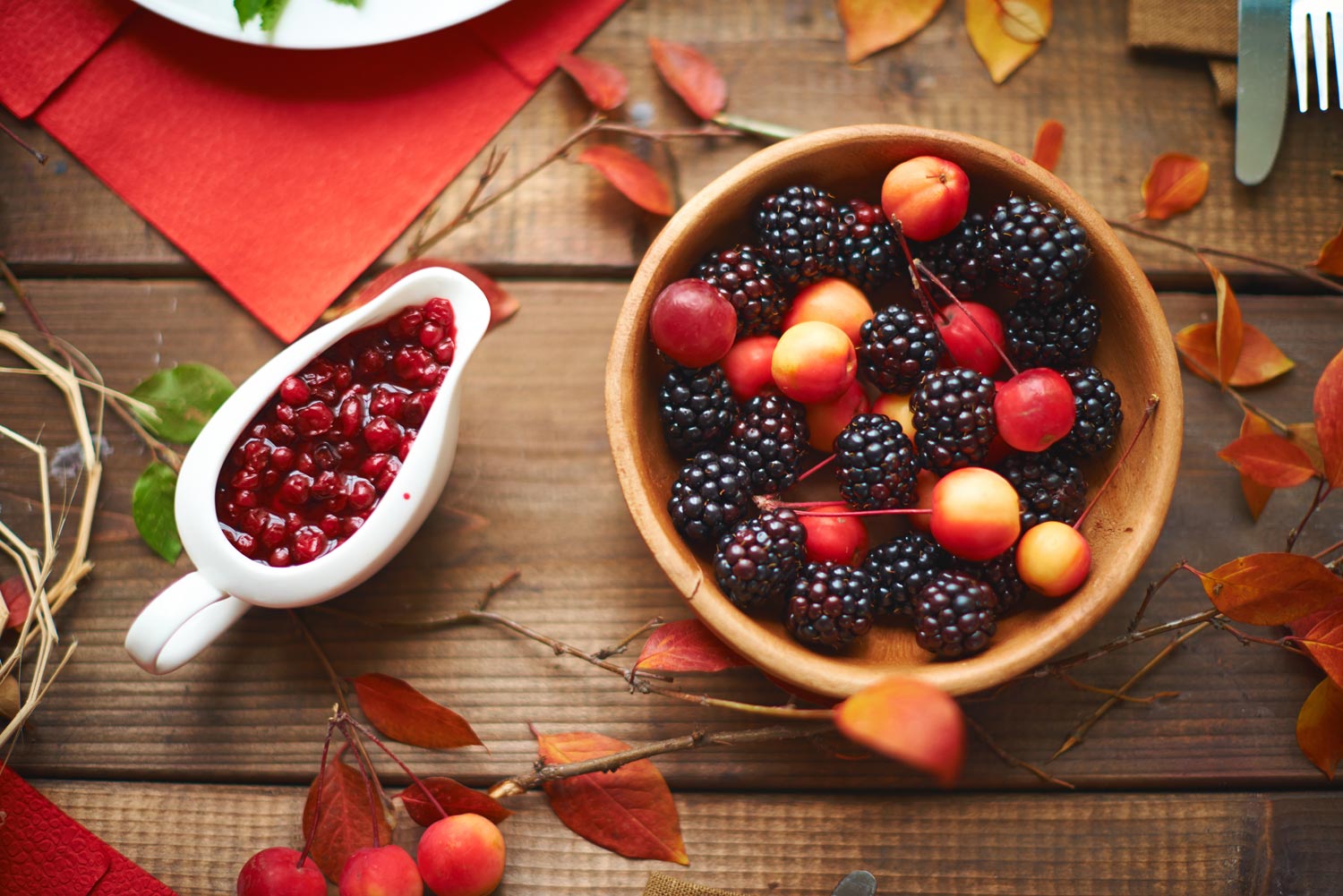Cleaning Hacks & Organizing Tips
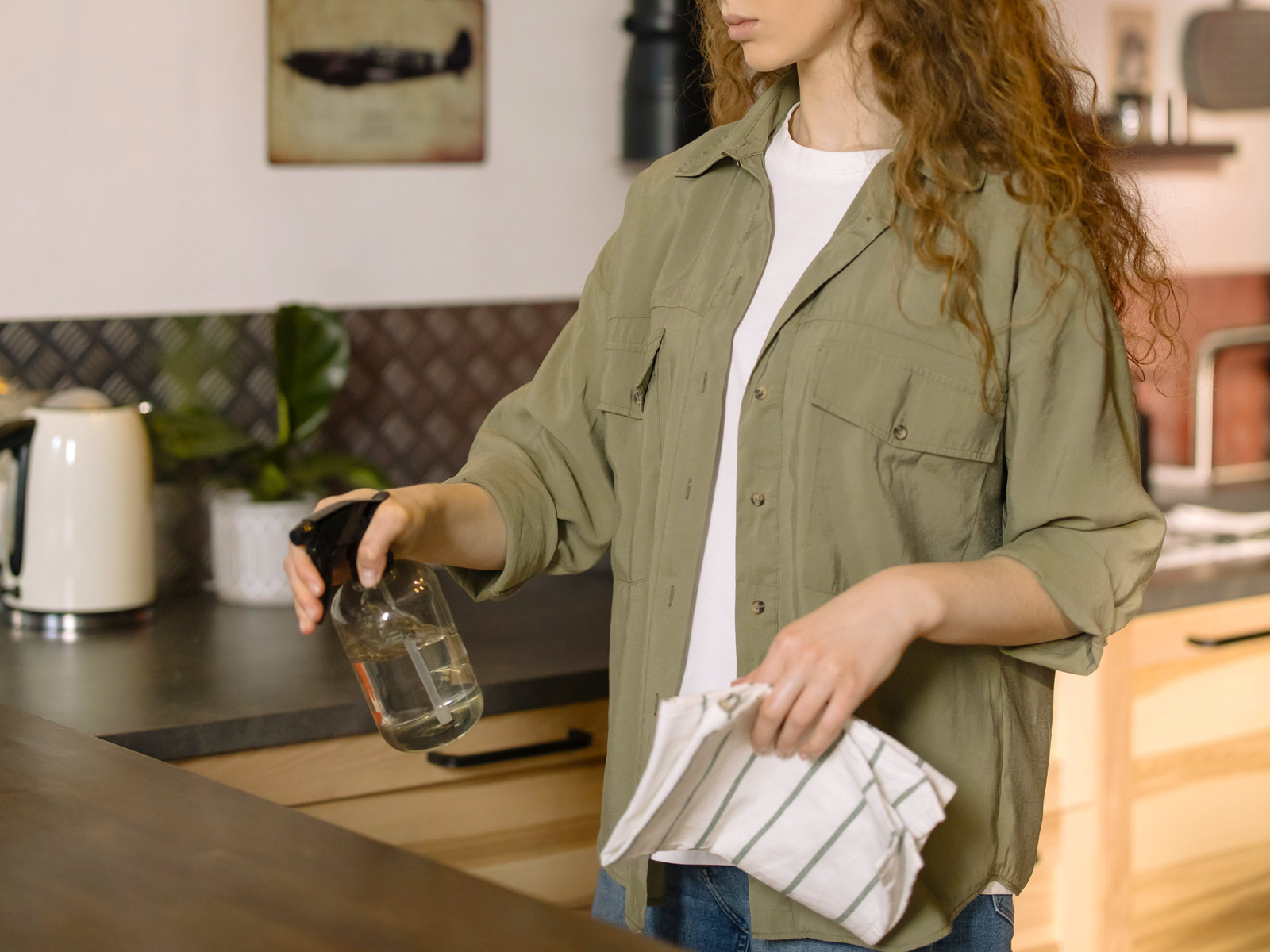
Join Heloise’s world for cleaning hacks and organizing tips to revolutionize your household maintenance approach. Our comprehensive guide skillfully combines cleaning hacks with organizing tips, effectively covering all home challenges. Discover clutter-cutting cleaning hacks and room-harmonizing organizing tips. Each carefully curated segment offers targeted cleaning hacks and organizing tips, ensuring a cleaner, more organized home. Embrace and enjoy these hacks and tips for a completely transformed living space.
Cleaning Hacks for Household Odors
Dishwasher cleaning hacks
Firstly, clean your dishwasher with vinegar or citric acid powder. Begin by pouring a gallon of vinegar, letting it sit, and then running a complete cycle. Additionally, citric acid powder effectively removes hard-water buildup. Add a half-cup and run the dishwasher. Subsequently, check the drain hose and bottom for odors. If solid smells persist, it’s advisable to consult a plumber for potential issues.
Cleaning hacks for removing mothball odors
To eliminate strong odors in furniture or clothing, focus on air circulation. Start by hanging clothing outside to air out. Moreover, wash items with washing or baking soda. Further, air out drawers, sand them lightly, and vacuum up the shavings. Conclude by stuffing the drawers with newspapers and wiping the inside with vinegar.
Smoke odor removal
For smoke odor removal, begin by airing out smoky clothing. Utilize fabric-odor sprays, particularly effective on winter items. Regular laundering also helps in odor removal. In severe smoke damage, seek out a dry cleaner equipped with an ozone cleaner.
Foot odor remedies: effective cleaning hacks and daily care tips
To address non-medical foot odor, follow these steps: Firstly, wash and thoroughly dry your feet. Before wearing socks, apply deodorant to your feet. Additionally, consider nightly vinegar soaks and sprinkle baking soda in your shoes to neutralize odors.
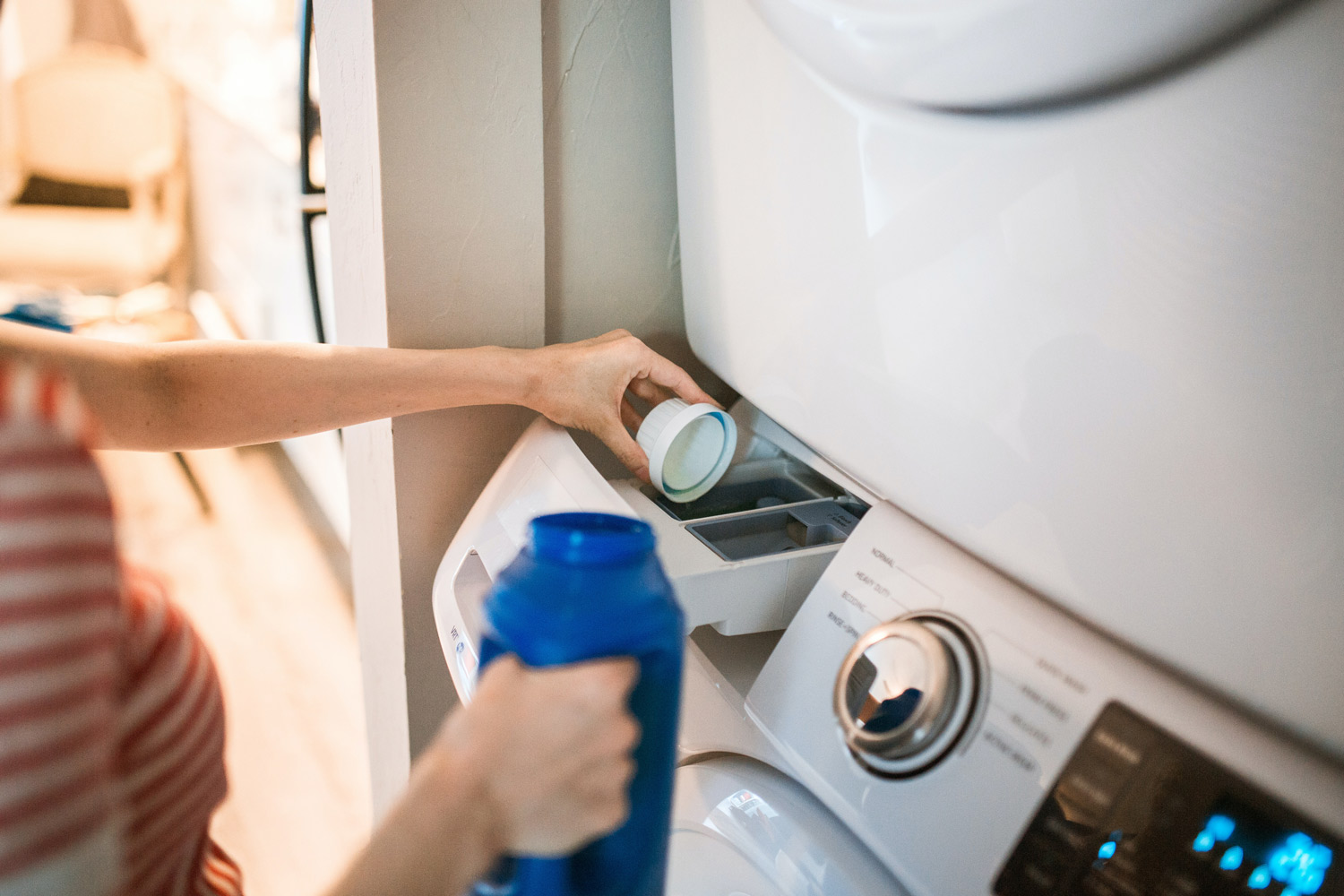
Cleaning Hacks for Tackling Tough Stains: From Perspiration to Lipstick and More
Cleaning Hacks for Perspiration Stains: Prevention and Treatment Tips
Initially, prevention is critical. Ensure that antiperspirant or deodorant dries entirely before dressing. Subsequently, pre-treat the underarm area of the garment with liquid laundry detergent to wash away the buildup. Furthermore, if the stain is old, apply white or apple cider vinegar to the area to help dissolve the perspiration. Finally, wash in hot water at least every third or fourth to remove the buildup.
Lipstick Stain Removal Hacks
Generally, you can remove lipstick from washable clothing using isopropyl rubbing alcohol. Start by placing one hand towel and the lipstick-stained garment face down. Then, dab the back of the stain with another towel dipped in alcohol. Continue repeating this process until the stain disappears. Additionally, if any residue remains, use a pre-spotter or stain remover before laundering.
Effective Cleaning Hacks for Blood Stains: Soaking and Tenderizer Techniques
For launderable clothes, begin by soaking the bloodstained garment in cold water for about 30 minutes. This will usually remove the stain. However, if the stain persists, mix a bit of water with an unseasoned meat tenderizer and apply it to the area. Moreover, if the garment cannot be laundered at home, promptly take it to a dry cleaner and point out the stain to let professionals handle it.
Crayon on Walls: Cleaning Hacks
If your artistic child has decorated the walls or wallpaper, use this hack: Apply dry cleaning solvent from drug or shoe stores on a terry cloth towel. This method safely removes crayons from almost any surface except antique wallpaper.
Mystery Stains: Solving the Unseen
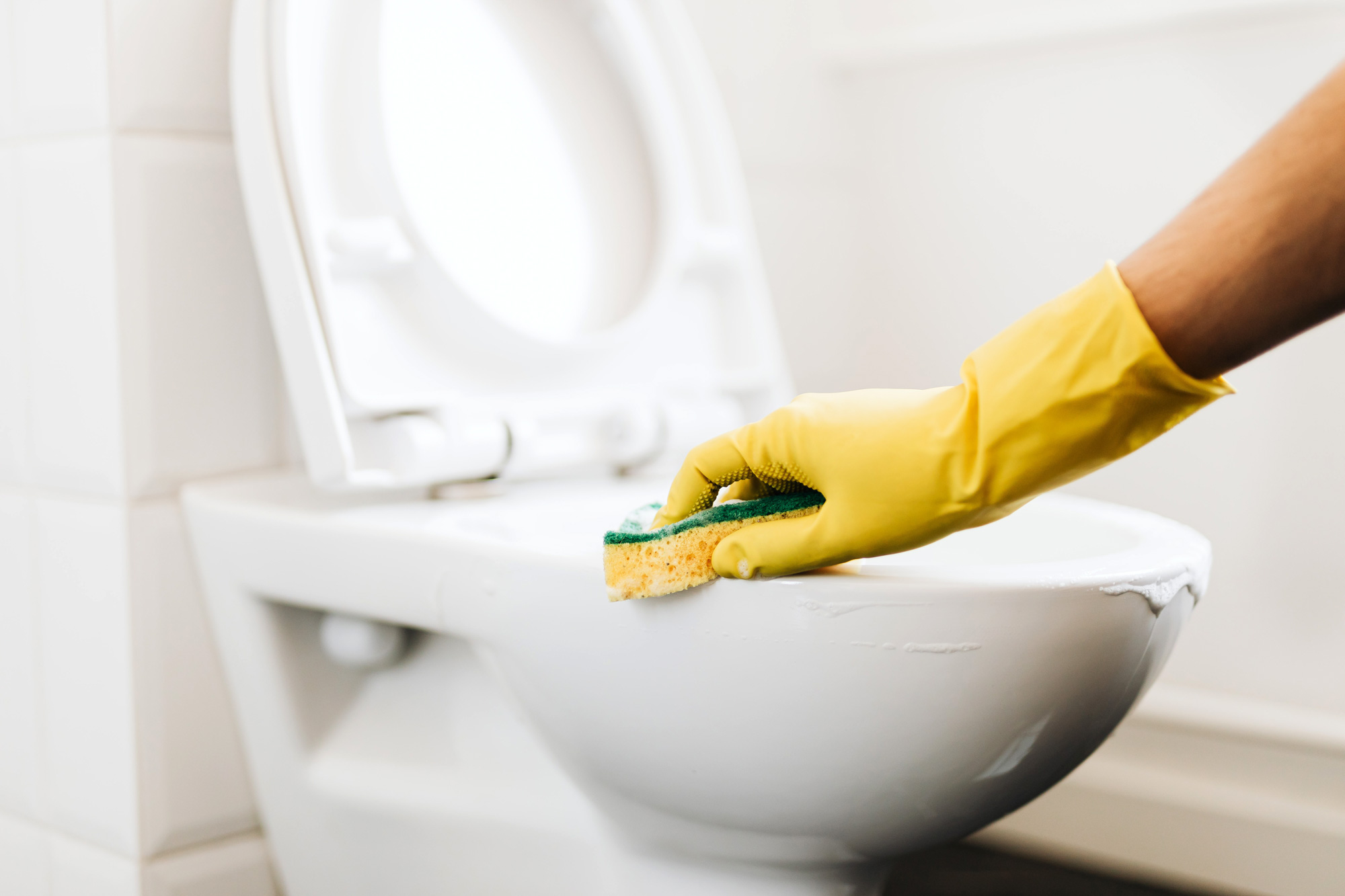
Essential Bathroom Cleaning Hacks: From Tubs to Toilets and Beyond
Tubs
Clean tubs with shampoo and a brush. Use vinegar, but not on marble. Maintain shiny toilets with regular scrubbing. Prevent hard-water buildup. Clean under the seat, lid, and base.
Cleaning Hacks for Maintaining Newer Models and Preventing Hard-Water Buildup
Newer-model toilets with a shiny finish are easy to maintain by scrubbing with the toilet brush several times a week (for a minute) rather than only once a week. This maintenance will prevent a hard-water buildup. Use a disinfecting cleaner for regular cleaning, and don’t forget to clean under the seat, the lid, and around the base.
Shower Curtain Maintenance: Cleaning Hacks for Longevity
Wash shower curtains and liners in the machine. Add towels for scrubbing. Dry briefly or hang. Cut bottom seams to prevent mildew.
Cleaning Hacks for Sterling Silver: Proper Care and Dishwashing Tips
Handwash or dishwasher-clean sterling silver and stainless steel. Keep silver separate from stainless steel. Remove before drying. Use silver cream or polish for regular care.
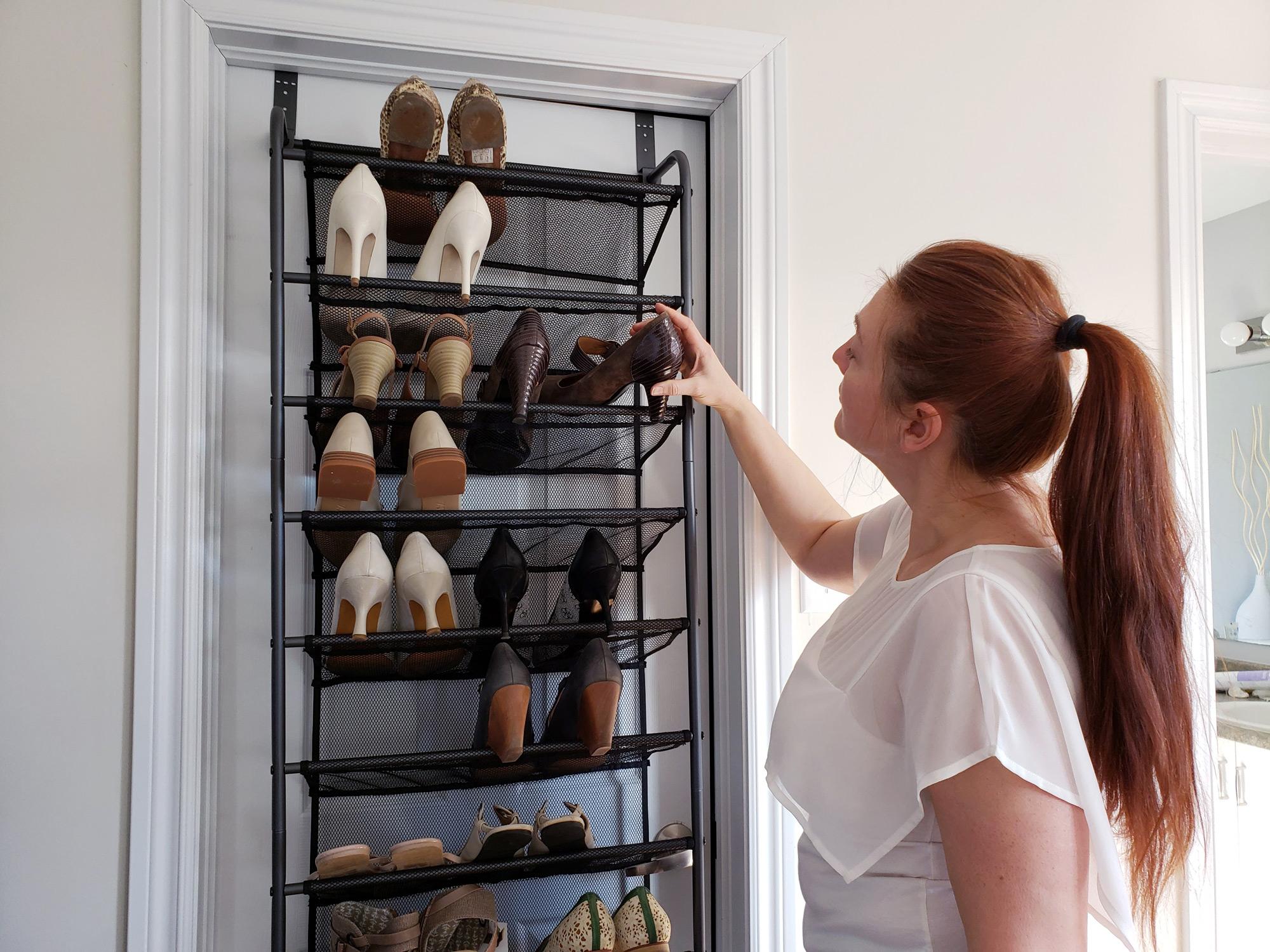
Organizing Tips: Creative Uses of a Hanging Shoe Organizer for Home Storage
Organizing Tips: Innovative Storage Solutions with a Shoe Organizer
Repurpose a shoe organizer for storage. Hang it on doors. Store cleaning supplies, toiletries, and more. This saves space and reduces clutter.
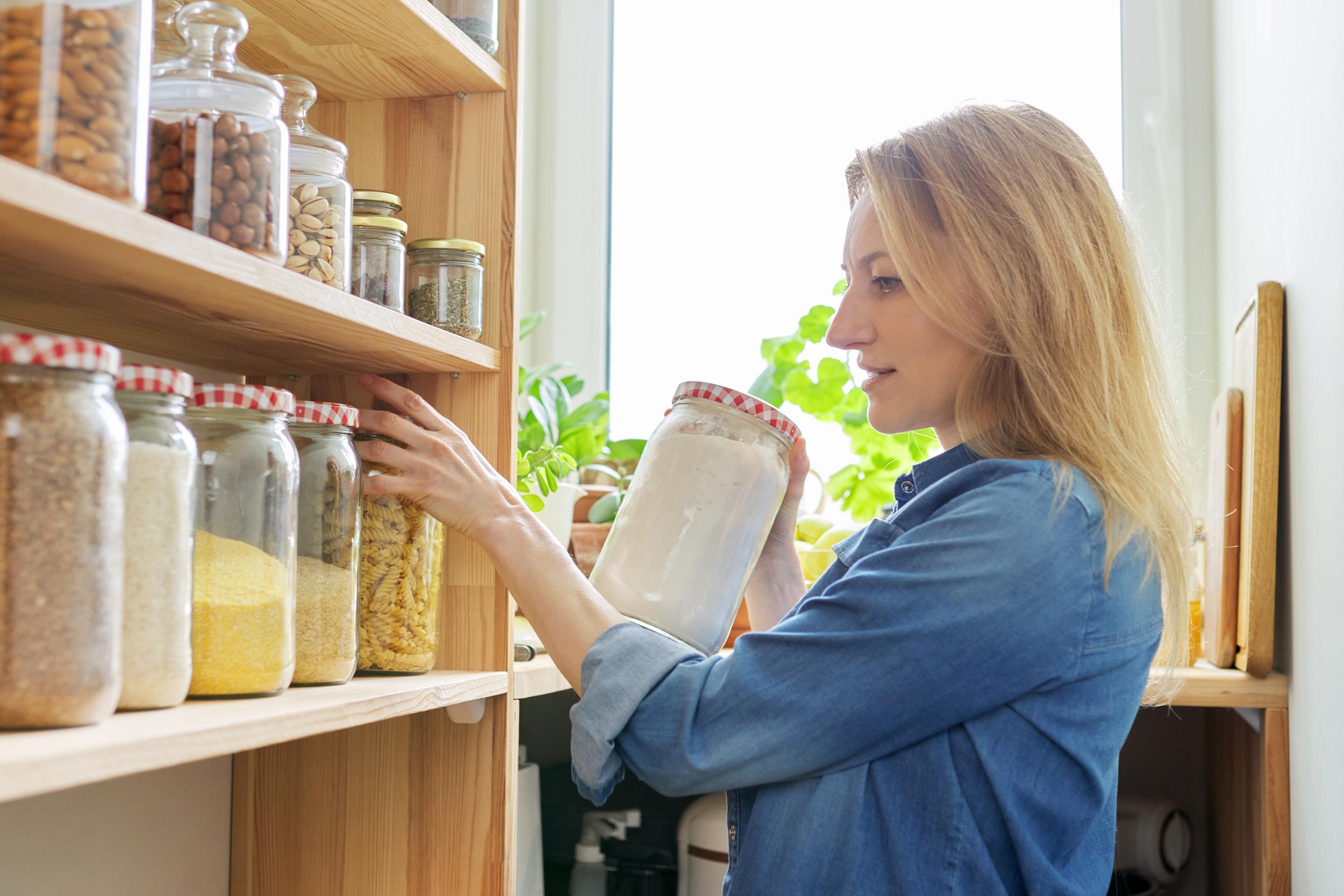
Organizing tips: Label and Sort Kitchen Pantry Items for Easy Access
Commencing with labeling and sorting, transform your kitchen pantry with this fantastic organizing tip. Begin by using clear containers for storing grains, pasta, snacks, and baking ingredients. Then, meticulously label each container for clarity. Strategically arrange them based on categories such as breakfast items, cooking essentials, and snacks. Consequently, this method not only simplifies finding what you need but also assists in keeping track of your inventory. This ensures that your kitchen staples are always well-stocked. Furthermore, this organizing approach imparts a neat, streamlined look to your pantry, greatly enhancing the efficiency and enjoyment of meal preparation.


